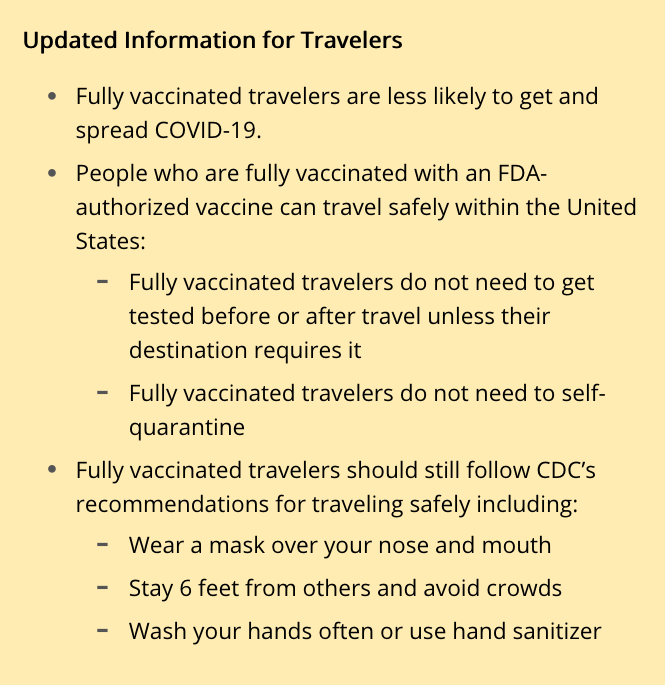“If there is concern you’re infected, and you want to make sure you’re not infected, one or two [home rapid antigen] tests is not enough. Do three tests to make sure you’re not infected.” ~ Dr. Apurv Soni, assistant professor of medicine at Chan
Performance of Rapid Antigen Tests for COVID-19 varies over the course of an infection. Anyone who gets a negative result for COVID-19 from an at-home rapid antigen test shouldn’t assume they’re not infected, and should keep testing, according to a safety recommendation from the U.S. Food and Drug Administration.

The guidance is based on research conducted by University of Massachusetts Chan Medical School and partners supported by the National Institutes of Health. The study included more than 5,000 people nationwide over age 2.
The study finds that if repeat testing isn’t done, an infection may be present and you could unknowingly spread COVID-19 to others, especially if you’re not experiencing symptoms.
Repeat testing, at least two, is recommended after a negative test for those who show COVID-19 symptoms and for those who are asymptomatic, but may have been exposed to the virus, at least three test are recommended.
For participants who do not have symptoms (asymptomatic), the study found that two additional tests – the first taken 48 hours after the negative result and the second 48 hours later – are more likely to detect COVID-19 during the first week of infection.
For those who were symptomatic, one additional test taken 48 hours after a negative test, the rate of detection was more than 90% when testing started within the first week of infection.
Among the asymptomatic that had an infection lasting at least two days based on PCR testing, repeat testing three times at 48-hour intervals, the rate of detection was 79% when testing started within the first week of infection.
What this means is to optimize detection of COVID-19 infection with home antigen tests, people should test twice at least 48-hours apart if they are symptomatic and three times at 48-hour intervals if they were asymptomatic.
“On a personal level, this study speaks to when antigen tests are useful and not useful, and how to use them,” said Dr. Apurv Soni, assistant professor of medicine at Chan and the study’s lead investigator.
Wear a face mask
Anyone suspected of contracting COVID-19 without showing symptoms should exercise caution by wearing a face mask and stay away from crowds, the study said.
They should continue that practice for at least six days until three at-home antigen tests taken 48 hours apart have been completed.
“If there is concern you’re infected, and you want to make sure you’re not infected, one or two tests is not enough,” said Dr. Soni. “Do three tests to make sure you’re not infected.”
References:
- Henry Schwan, At-home COVID tests: One negative result not enough, study says, Worcester Telegram & Gazette, August 12, 2022. https://news.yahoo.com/home-covid-tests-one-negative-161544916.html
- https://www.medrxiv.org/content/10.1101/2022.08.05.22278466v1









